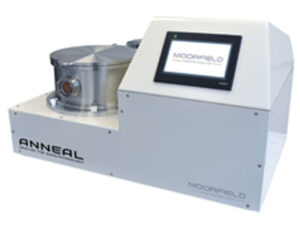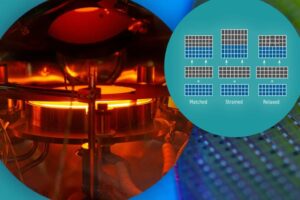How does Thermal Processing/ Annealing work?
Annealing is a heat treatment process that works by changing the microstructure of a material, often a metal or alloy, to achieve specific material properties. The process involves controlled heating and cooling, and how it works can vary depending on the type of annealing being used.
- Heating: The material to be annealed is heated to a specific temperature. The choice of temperature is crucial and depends on the material’s composition and the desired outcome of the annealing process. Typically, the material is heated above its recrystallization temperature or above a critical point.
- Soaking: Once the material reaches the target temperature, it is held at that temperature for a specified period. This soaking time allows the internal structure of the material to transform. During this stage, several important processes can occur:
- Recovery: The material begins to recover from prior deformation or stresses. Some of the dislocations (structural defects) in the material annihilate or rearrange, reducing internal stress.
- Recrystallization: In processes like full annealing or recrystallization annealing, new grains can form in the material. This process involves the creation of new, defect-free grains, which results in increased ductility and improved mechanical properties.
- Phase Transformation: In some materials, annealing can induce phase transformations, changing the material’s crystal structure and properties.
- Cooling: After the soaking period, the material is cooled down. The cooling rate and method can vary depending on the desired outcome:
- Full Annealing: In full annealing, the material is cooled slowly in a controlled manner, often in the furnace or air, to room temperature. This slow cooling allows the microstructure to stabilize and minimize internal stresses.
- Process Annealing: Process annealing involves slow cooling as well but is typically done at a lower temperature to reduce hardness and restore ductility in cold-worked materials.
- Quenching: Some annealing processes, especially in hardening applications, involve rapid cooling (quenching) to “lock in” the new microstructure created during the heating phase.
The specific parameters of the annealing process, including the heating temperature, soaking time, and cooling rate, are tailored to the material’s composition, its initial state, and the desired material properties. Annealing can be used to achieve a range of outcomes, such as improved ductility, reduced hardness, stress relief, and changes in the material’s microstructure. It is a crucial technique in metallurgy, materials science, and manufacturing to optimize the performance of materials in various applications.


